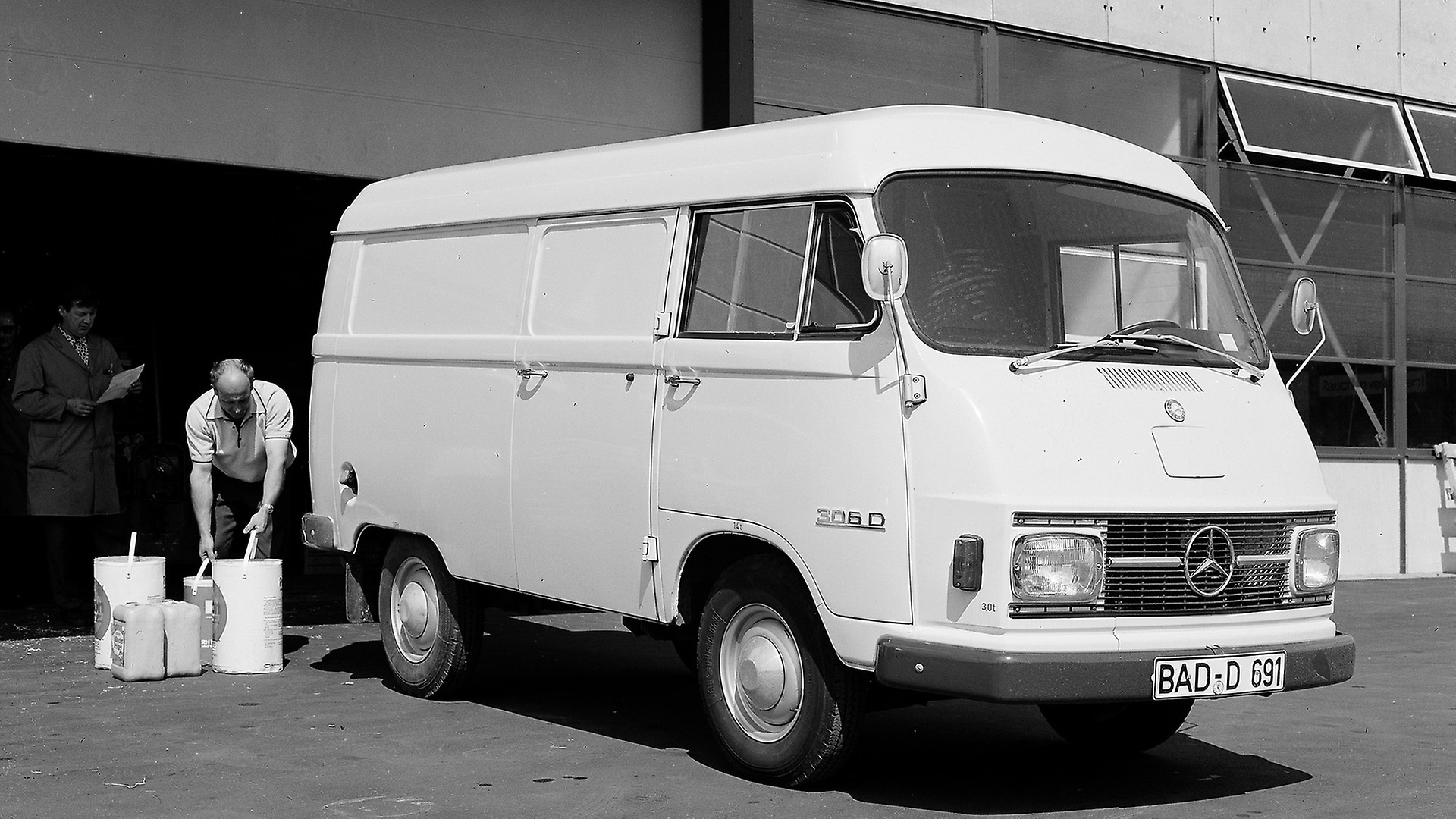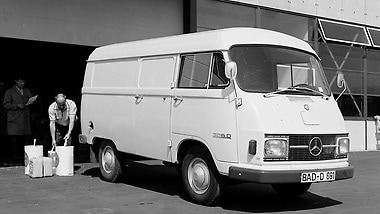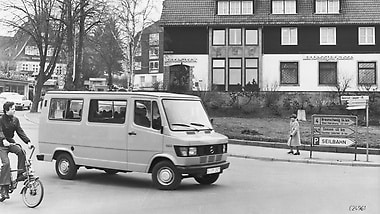Almost 30 years ago, in 1995, the Sprinter, a new van from Mercedes-Benz, marked a milestone in many ways. The Sprinter was the first commercial vehicle with a star that had a name instead of plain number and letter codes. It kicked off a successful product offensive for Mercedes-Benz Vans.
The Sprinter followed the Mercedes-Benz T1/TN, a true legend produced in almost a million units over 18 years. While it adopted the basic technical concept of the T1/TN, everything else was revolutionized. The combination of a self-supporting body, high-traction rear-wheel drive, a modern chassis with independent front suspension, exemplary safety equipment, and powerful engines was unique. Right from the start, the Sprinter positioned itself as a real all-rounder. Thanks to its multitude of variants and options, it became the first choice across all industries and has remained so to this day.
Early in 2024, Mercedes-Benz redefined the large van segment again. The updated Sprinter offers a significant increase in safety, comfort, and digital networking while maintaining its flexibility. With the updated eSprinter, Mercedes-Benz Vans also implements the next stage of its electrification strategy. A triad of efficiency, range, and charging volume makes the all-electric van a versatile all-rounder.
Next year, Mercedes-Benz Vans will celebrate the 30th anniversary of the Sprinter. Its 'little brother' Vito, the all-rounder in the medium-sized van segment, is also celebrating its 30th birthday.
,xPosition=0,yPosition=0)











,xPosition=0.5,yPosition=0)